OU News
News from The Open University
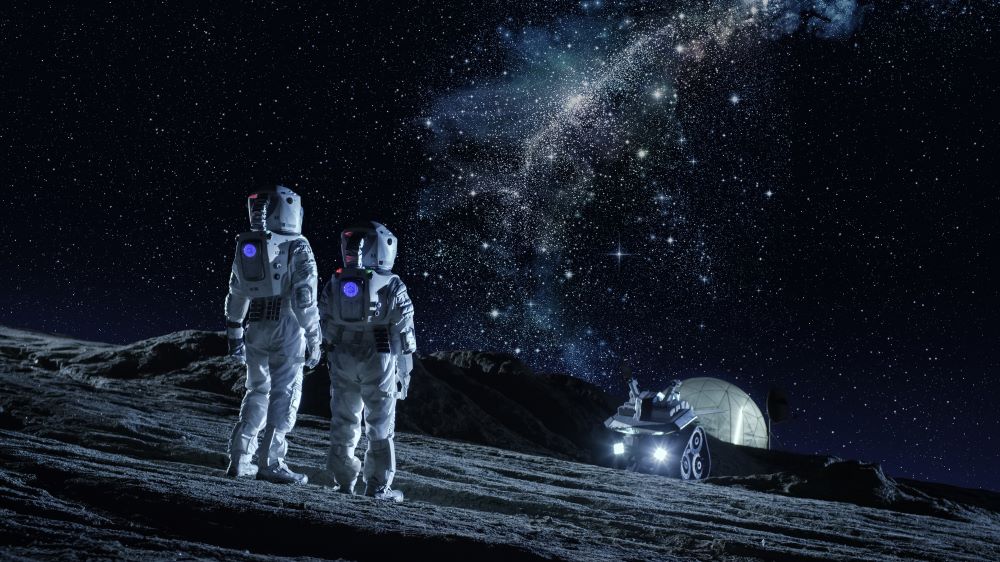
One step closer to building habitats on the Moon
A team of lunar scientists from The Open University (OU) and the European Astronaut Centre (EAC) are making advances in building permanent structures on the Moon’s surface. OU researchers Dr Sungwoo Lim, Professor Mahesh Anand, Dr James Bowen, Dr Giulia Degli Alessandrini, Vibha Levin Prabhu and Aidan Crowley, a researcher from the EAC, investigated the […]
Read more about One step closer to building habitats on the Moon
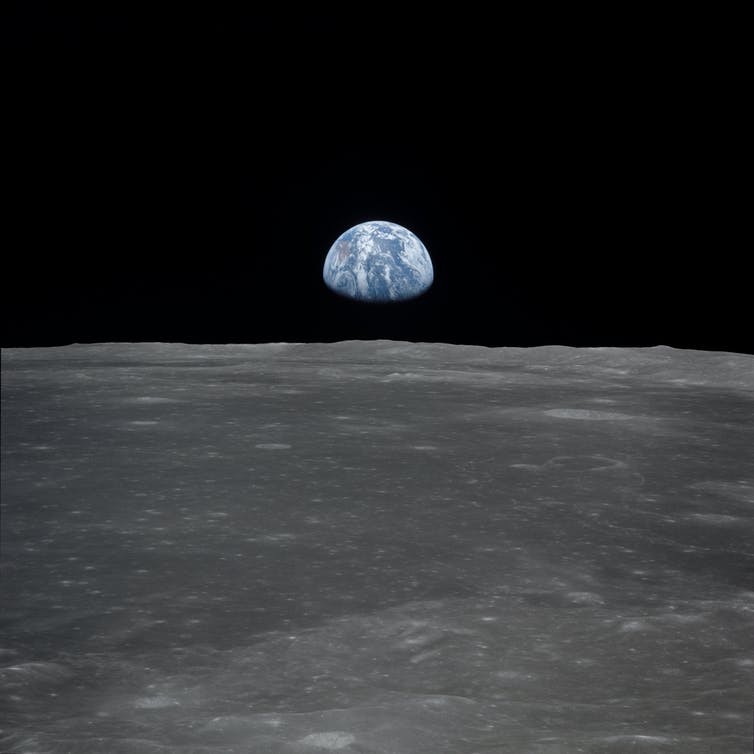
Water on the Moon: research unveils its type and abundance – boosting exploration plans
New study unearths water on the Moon, Open University academics James Mortimer, postdoctoral researcher in planetary science and exploration and Mahesh Anand, professor of planetary science and exploration, explain how this discovery will enhance our understanding of water on the lunar surface. The Moon was for a long time considered to be bone dry, with […]
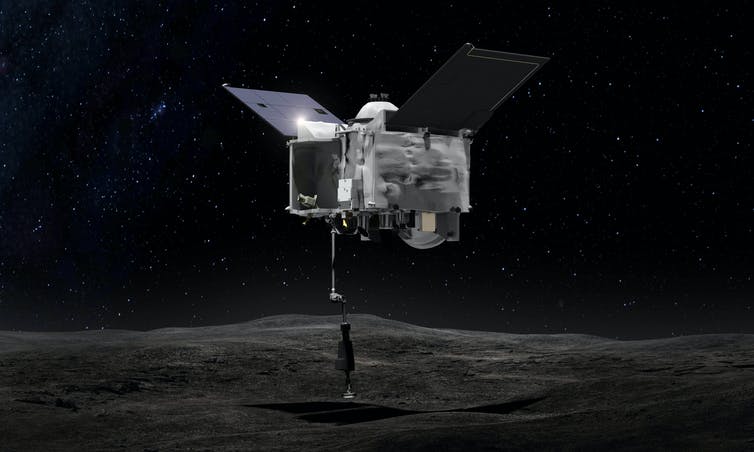
Asteroid Bennu: successful touchdown – but the scientific mission has only just begun
Following the successful touch-and-go landing on asteroid Bennu, Monica Grady, Professor of Planetary and Space Sciences at The Open University, suggests that this momentous feat is only the beginning for the OSIRIS-REx team and wider scientific community. Relief showed clearly on the faces of the team of NASA scientists and engineers as they were told: “Touchdown is […]
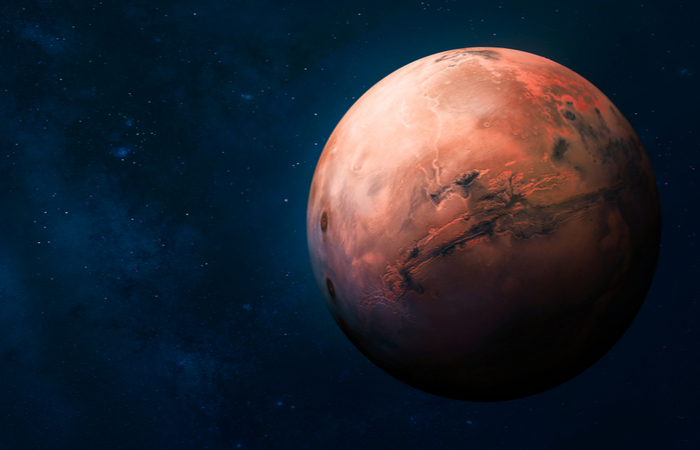
Mars: mounting evidence for subglacial lakes, but could they really host life?
David Rothery, Professor of Planetary Geosciences at The Open University, discusses the discovery of subglacial lakes on Mars and if this could lead to finding out if there was, or is, life on the planet. Venus may harbour life some 50km above its surface, we learned a couple of weeks ago. Now a new paper, published in Nature Astronomy, […]
Read more about Mars: mounting evidence for subglacial lakes, but could they really host life?
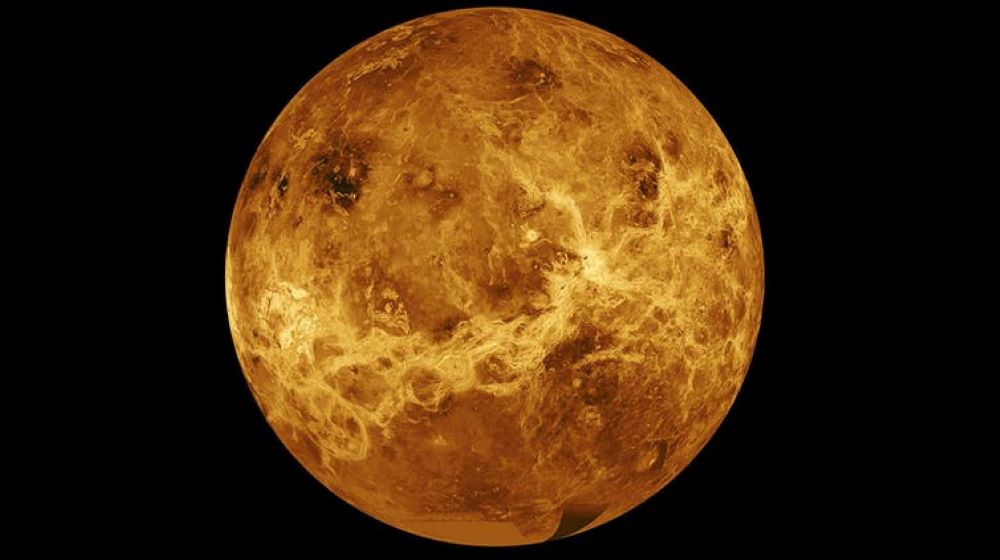
Venus: could it really harbour life? New study springs a surprise
Monica Grady, Professor of Planetary and Space Sciences, at The Open University speaks on the landmark discovery of phosphine, a rare gas, on Venus and whether this latest discovery could point to extraterrestrial life on the planet. Earth’s sister planet, Venus, has not been regarded as a high priority in the search for life. Its […]
Read more about Venus: could it really harbour life? New study springs a surprise
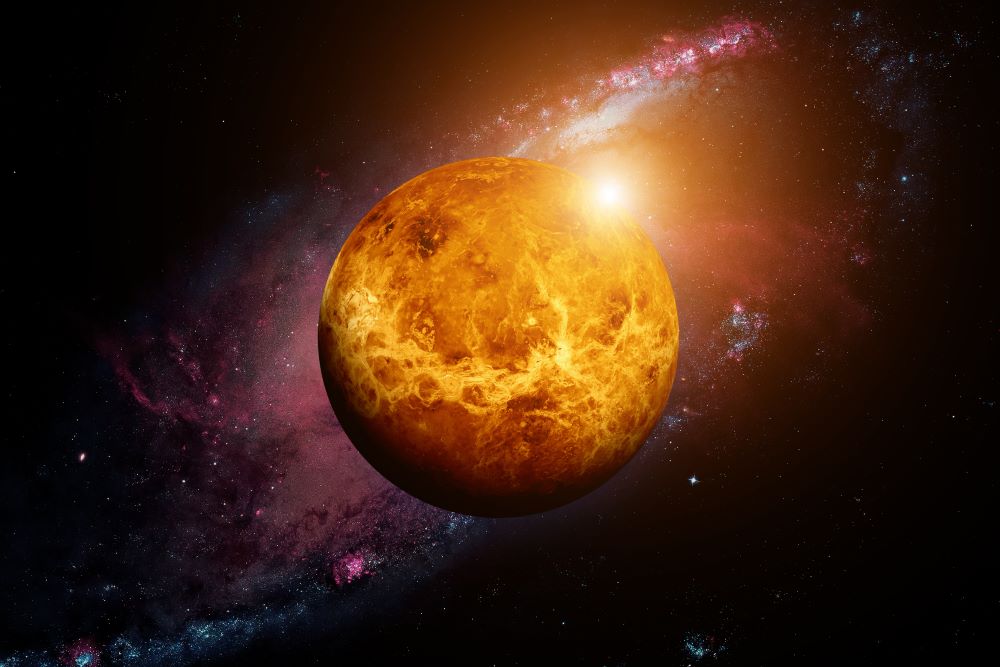
Groundbreaking discovery could signal life on Venus
Scientists from across the globe, including Dr Helen Fraser of The Open University, have detected a rare gas – phosphine – in the clouds of Venus. The landmark discovery could point to extra-terrestrial ‘aerial’ life on the planet. For decades, the scientific community has speculated that high clouds on Venus could offer a home for […]
Read more about Groundbreaking discovery could signal life on Venus
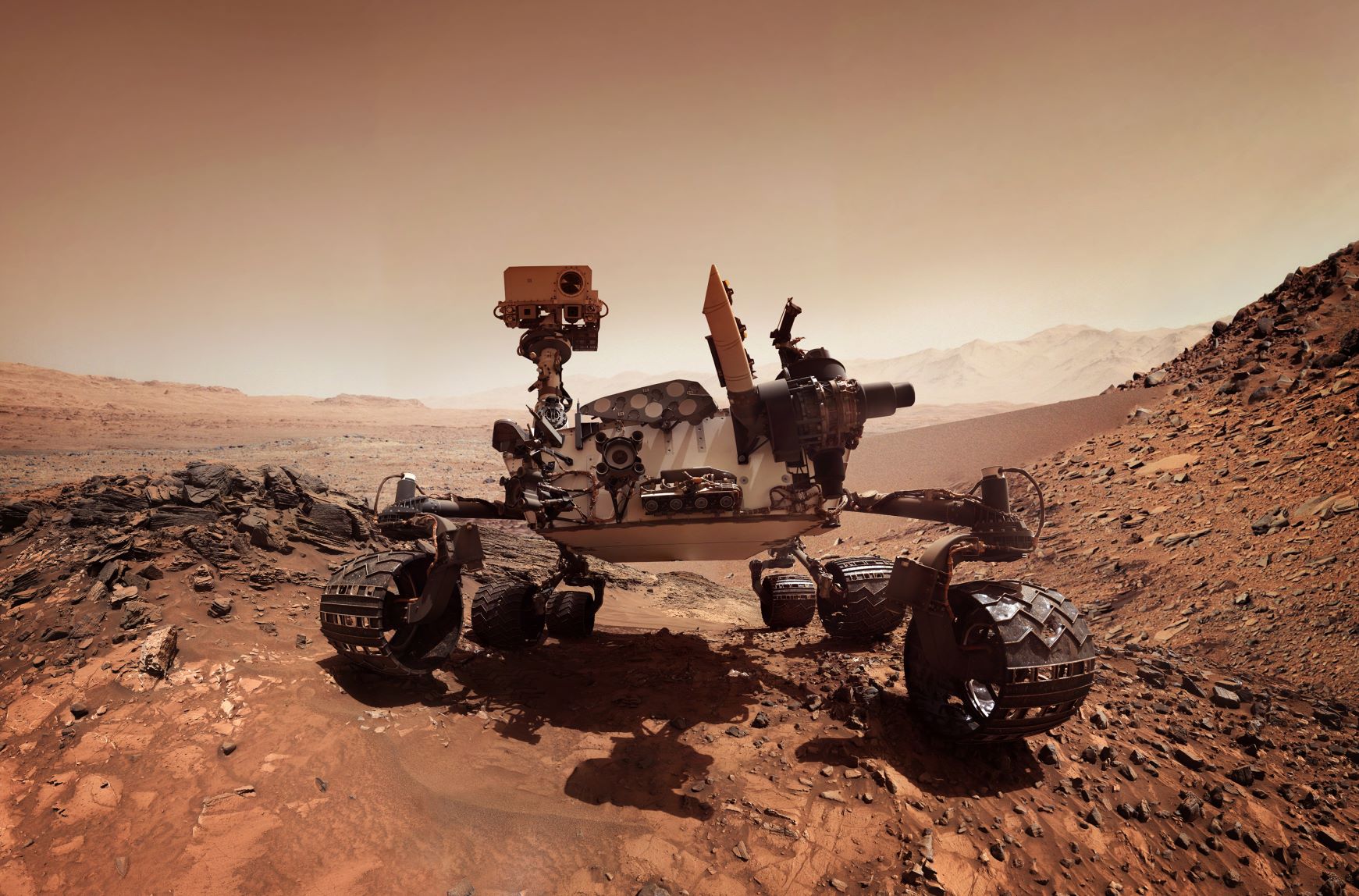
Mars 2020: the hunt for life on the red planet is about to get serious
Monica Grady, Professor of Planetary Sciences at The Open University, discusses the latest missions to Mars in the hope for more answers about if there has been, or is, life on the red planet. Next spring is going to be a busy time for Mars. In close succession, three spacecraft will arrive at the planet, […]
Read more about Mars 2020: the hunt for life on the red planet is about to get serious
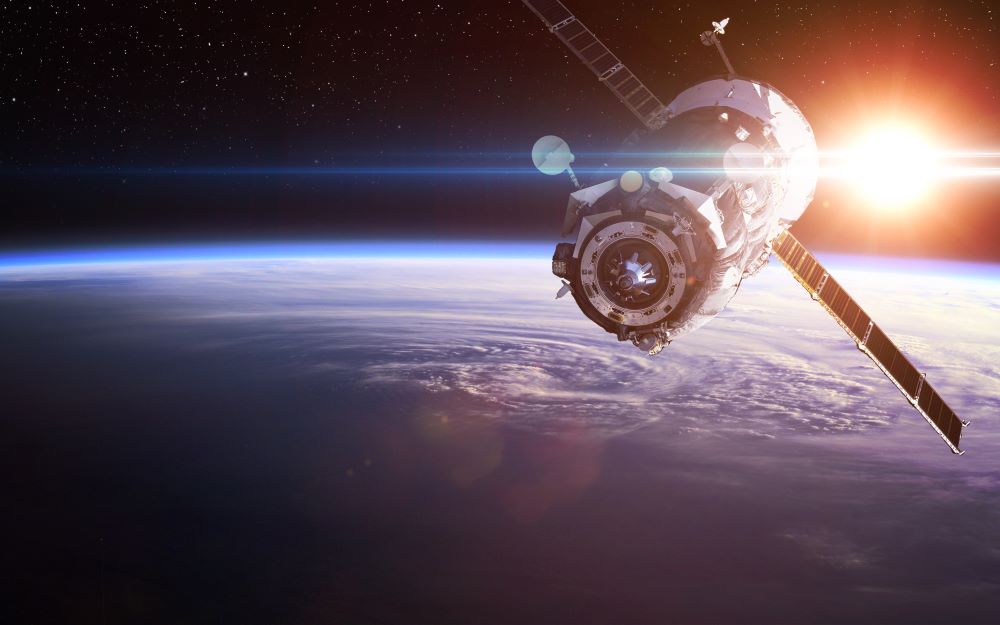
Euclid space telescope’s camera a step closer to imaging galaxies
The European Space Agency’s (ESA) Euclid mission to study more than a billion galaxies is a step closer to launch as its two instruments are now built and fully tested, including a massive optical digital camera delivered by an international consortium. Once Euclid is launched from French Guiana in 2022, the VIS instrument will be […]
Read more about Euclid space telescope’s camera a step closer to imaging galaxies
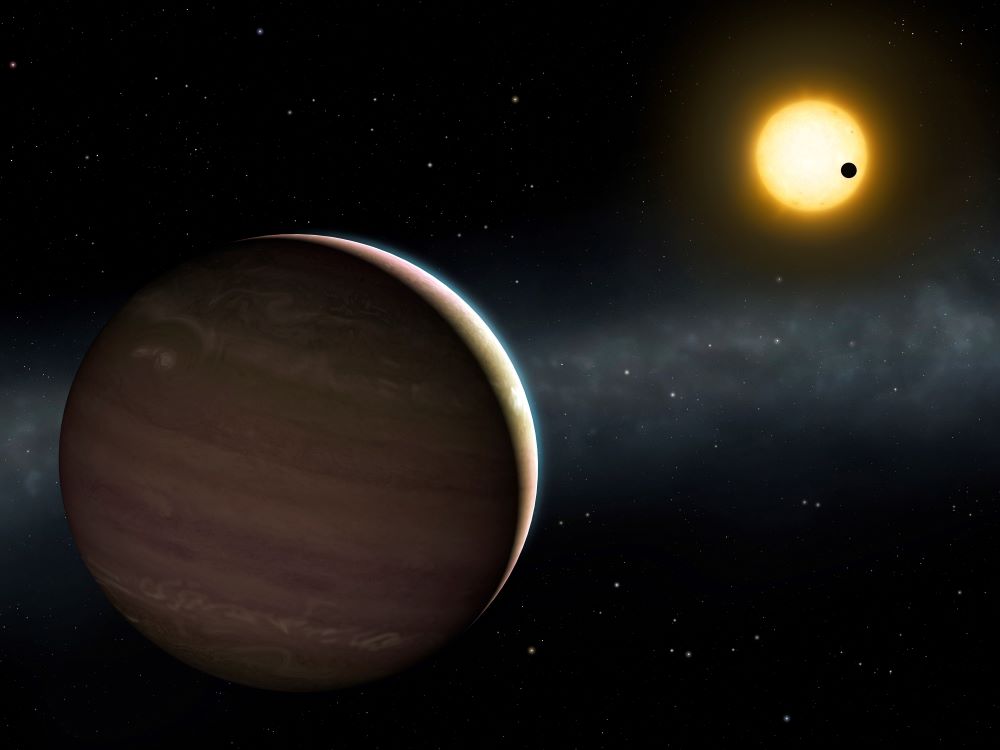
International scientists discover a pair of dancing planets
An international team of scientists, including Professor Carole Haswell and Dr Ulrich Kolb of The Open University (OU), have discovered two, giant planets interacting near each other, in a gravitational dance. The planets, detected by the Wide Area Search for Planets (WASP) project, feel each other’s gravity and, as a result, speed up and slow […]
Read more about International scientists discover a pair of dancing planets
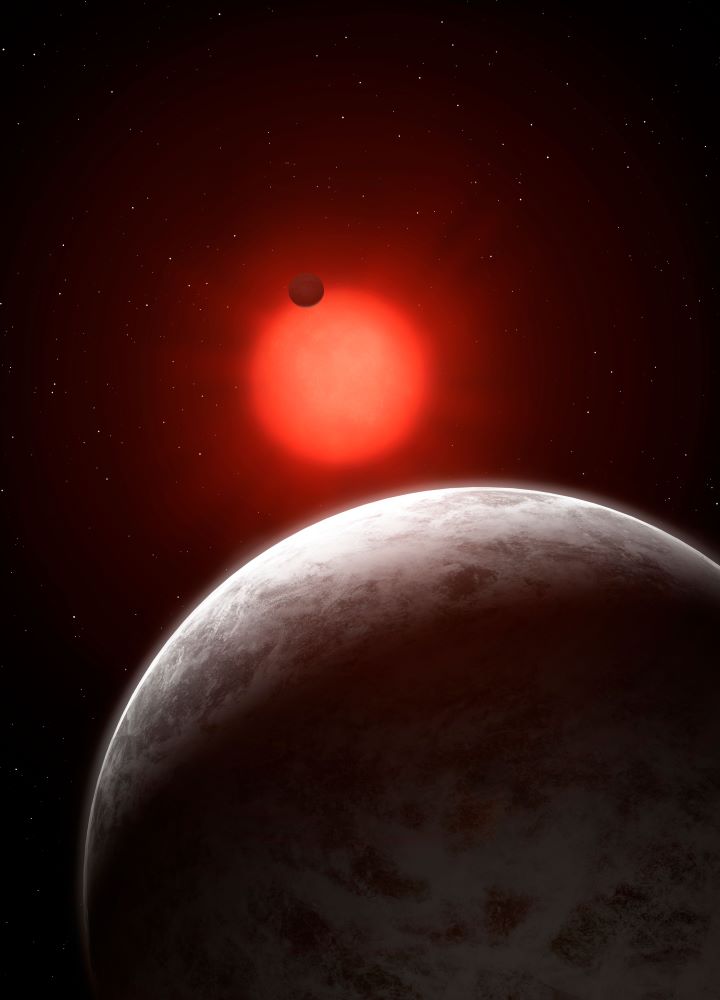
Super-Earth planets detected orbiting nearby star
A system of super-Earth planets – possibly rocky worlds, but larger than Earth – has been detected orbiting the nearby star Gliese 887. An international team of astronomers, including Professor Carole Haswell and Dr John Barnes of The Open University, made the discovery as part of Red Dots, a project to detect terrestrial planets close […]
Read more about Super-Earth planets detected orbiting nearby star
Page 3 of 11